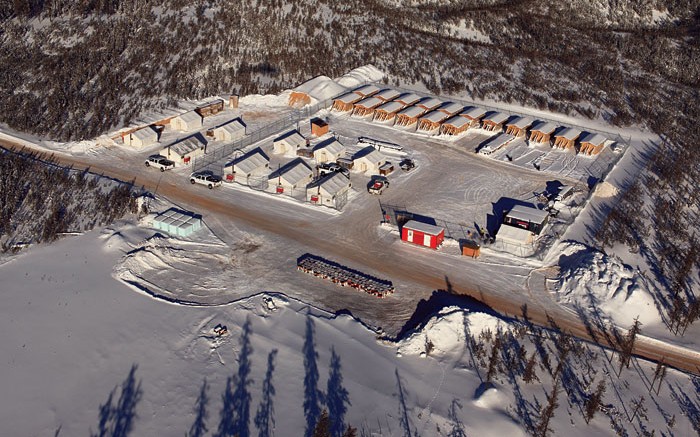VANCOUVER — It was a stormy 2015 for explorer Fission Uranium (TSX: FCU; US-OTC: FCUUF) marked by a failed merger, struggling uranium prices and the brief threat of a proxy battle from retail shareholders.
But good news came in late December in the form of a framework for an investment by China’s state-owned CGN Mining, which should provide Fission with the financial footing to advance its prolific Patterson Lake South (PLS) uranium discovery just south of Saskatchewan’s Athabasca basin.
Under the Dec. 21 binding letter of intent (LOI), CGN would subscribe for 97 million Fission shares at 85¢ per share, taking a 19.99% equity stake in the Canadian explorer. CGN and Fission would also finalize an off-take agreement on uranium production at PLS.
The arrangement doesn’t impinge on Canadian foreign investment restrictions on strategic resources, since foreign companies are only barred from owning more than 49% in producing uranium mines in Canada.
“The market might be a bit worried that the deal may not complete, since it’s only a LOI,” Fission CEO Dev Randhawa said in an interview when asked about the likelihood of the deal closing in January. “This one is a little bit different because we have a full agreement backing it, and we’ve essentially worked out the off-take specifics.”
Randhawa said the off-take is the “biggest component that people should pay attention to here, and the premium we achieved reflects that value. We’re talking about a multi-billion dollar Chinese company that doesn’t haphazardly sign agreements. Plus this deal is not subject to due diligence because we wanted to get that out of the way before pen hit paper, since it can come back to haunt you.”
Randhawa has discussed the prospect of a white-knight investment from China since mining markets truly tanked over the past three years. The idea moved to the forefront after shareholders rejected a $483-million merger with Lukas Lundin’s Denison Mines (TSX: DML; NYSE-MKT: DNN) due to perceptions PLS was worth more than in the proposed agreement.
The project’s Triple R deposit represents a unique development opportunity with its shallowness, high grades and jurisdictional advantages that would combine to allow for relatively straightforward open-pit mining.
PLS’s indicated resource stands at 2.3 million tonnes grading 1.6% U3O8 for 80 million contained lb., including a high-grade zone of 44.3 million lb. based on 110,000 tonnes at 18.2% U3O8.
Fission released a preliminary economic assessment earlier in 2015 that presented a mining scenario with industry-low operating costs of only US$14 per lb. U3O8.
“We don’t have to go back to this terrible market and raise money for another three years,” Randhawa said. “Let me tell you that this ‘flow-through treadmill’ that a lot of exploration companies are running on right now is truly awful.”
He added that the “cost of stock is way too discounted, and you tend to get hammered by these investors. We just don’t want anything to do with that process or that market. Once investors understand the CGN deal is closing … we will start to see some traction on our stock price. And if anyone wants to invest in Fission moving forward, they’ll have to do it on the open market.”
Fission’s shares have been on the rise since hitting its 52-week low of 53¢ on Dec. 2. Since then they have shot up 53% with shares trading at 81¢ at presstime.
The company plans to invest $7 million in a winter drill program at PLS, and Randhawa said it would advance permitting and upgrade its engineering models to a prefeasibility level.
He reiterated, however, that CGN’s involvement would not change Fission’s development timeline for the project.
Fission shares have traded within a 52-week price range of 53¢ to $1.38.
There are 387 million shares outstanding for a $313-million market capitalization.
“We’re working on one of the premier uranium discoveries in the world here. There aren’t many opportunities globally even close to PLS when you talk about grade profile and depth — let alone in the Athabasca basin,” Randhawa added.
“I don’t think this is a sign that money from China is going to come in and buy up every opportunity in the region. We have indicated resources based on tight drill spacing, and we’re talking about an open-pit opportunity here. These types of deals are not going to suddenly become common. PLS is a unique deposit, and it still took us a long time to get this landmark agreement finalized.”


Be the first to comment on "Fission eyes ‘landmark’ deal with China’s CGN Mining"